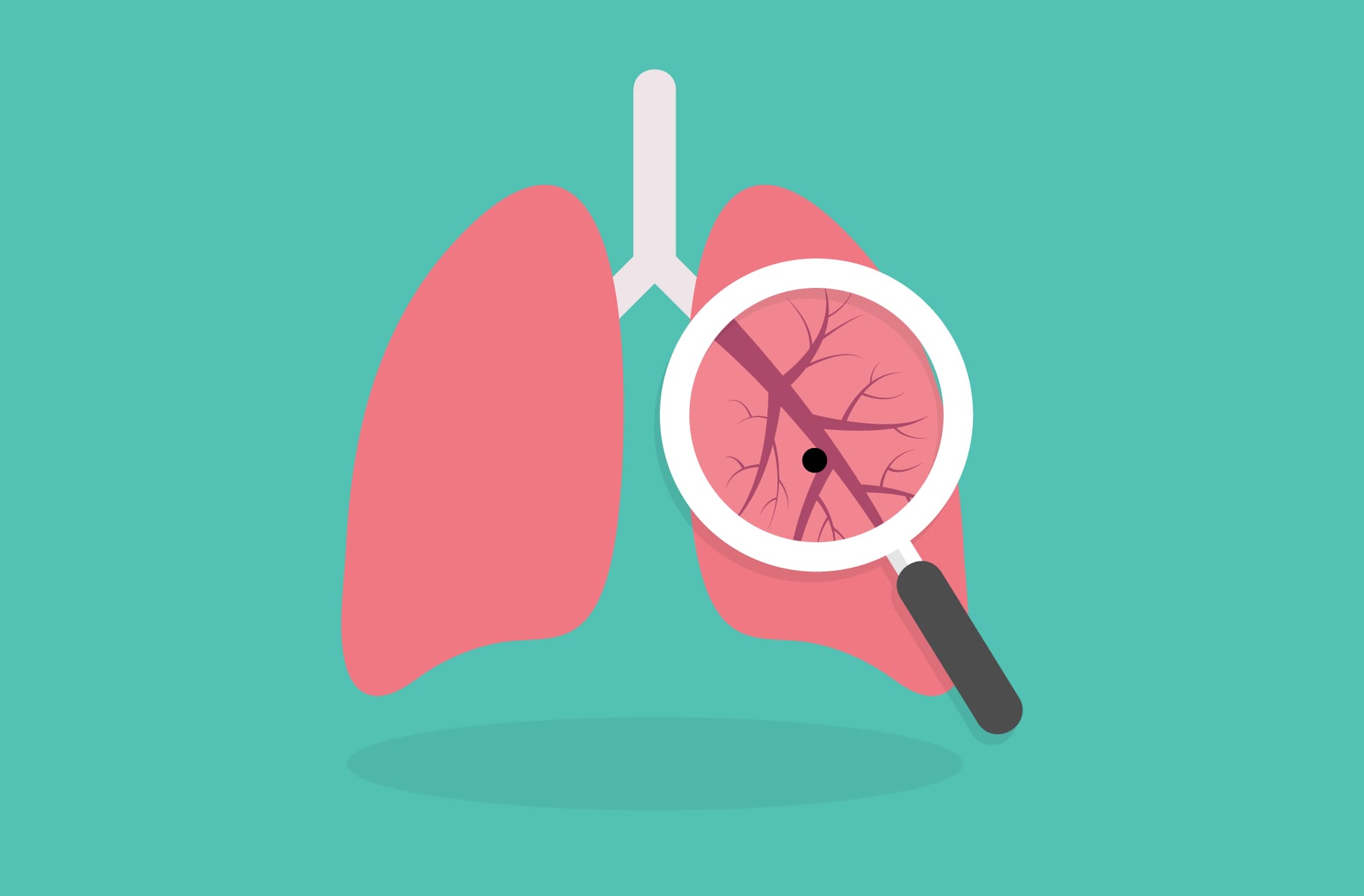Radon is a radioactive gas that occurs naturally from the breakdown of uranium in soil, rock, and water. It’s colorless, odorless, and tasteless, making it challenging to detect without specialized testing equipment. Radon can infiltrate homes through cracks in foundations, floors, and walls, posing a significant health risk to occupants. Long-term radon exposure can lead to lung cancer, making it essential to address high radon levels promptly.
This article outlines practical and effective ways to quickly reduce radon levels in your home, focusing on DIY methods and professional assistance when necessary.
Table of Contents
Understanding Radon and Its Health Risks
Radon is a naturally occurring radioactive gas that can seep into homes from the soil, rocks, and water beneath them. It’s the second leading cause of lung cancer in the United States, responsible for an estimated 21,000 deaths annually.
Radon exposure is particularly dangerous for smokers, as the combination of radon and tobacco smoke significantly increases the risk of lung cancer.
Testing for Radon
The first step in addressing radon is to test your home using a radon test kit or hiring a professional radon testing service. Testing is relatively inexpensive and can provide valuable insights into your home’s radon levels.
The Environmental Protection Agency (EPA) recommends taking action if your home’s radon levels exceed 4 picocuries per liter (pCi/L).
Quick DIY Methods to Reduce Radon Levels
- Ventilation: Opening windows and creating a cross breeze can help dilute radon levels and allow the gas to dissipate into the fresh air. While this method may not be a long-term solution, it can provide temporary relief and reduce radon levels quickly.
- Seal Cracks: Identify and seal cracks in your foundation, basement, and flooring using caulk or epoxy sealant. This can help prevent radon from entering your home, and it’s a relatively simple and inexpensive DIY project.
- Prevent House Depressurization: Ensure proper ventilation around exhaust fans and combustion units to avoid lower indoor air pressure that can draw in more radon. Consider sealing off cold-air return registers in the basement if you have an HVAC system.
- Increase Air Flow: Use fans and vents to circulate air and open windows to improve air circulation. This can help reduce radon levels and create a healthier living environment.
Professional Assistance for Radon Reduction
If DIY methods do not sufficiently reduce radon levels, consider installing a radon reduction system with a vent pipe and fan to pull radon from beneath the house and vent it outside. North Central Radon contractor can assess your home’s unique needs and recommend the most effective solution.
Long-Term Radon Reduction Strategies
While quick DIY methods can provide temporary relief, long-term radon reduction strategies are crucial for maintaining a safe living environment. These strategies include:
- Active Soil Depressurization: This is the most common and effective method for reducing radon levels. It involves installing a pipe beneath the foundation and connecting it to a fan that draws radon from the soil and vents it outside.
- Passive Soil Depressurization: This method is similar to active soil depressurization but does not include a fan. Instead, it relies on natural pressure differentials to vent radon from the soil.
- Sub-Slab Depressurization: This method involves installing a pipe beneath the slab of a basement or crawl space and connecting it to a fan that draws radon from the soil and vents it outside.
- Sealing and Caulking: Sealing and caulking cracks and openings in the foundation, walls, and floors can help prevent radon from entering the home. This should be done in conjunction with other radon reduction methods.
- Installing a Radon Mitigation System: A professional radon mitigation contractor can install a radon reduction system tailored to your home’s unique needs. These systems typically involve the installation of a vent pipe and fan to pull radon from beneath the house and vent it outside.
Conclusion
Radon is a serious health concern that requires prompt attention. While quick DIY methods can provide temporary relief, long-term radon reduction strategies are crucial for maintaining a safe living environment.
Regular testing and professional assistance are essential for addressing radon levels effectively. By following the tips outlined in this article, you can take the necessary steps to protect your family from the dangers of radon exposure and create a healthier, safer home.




